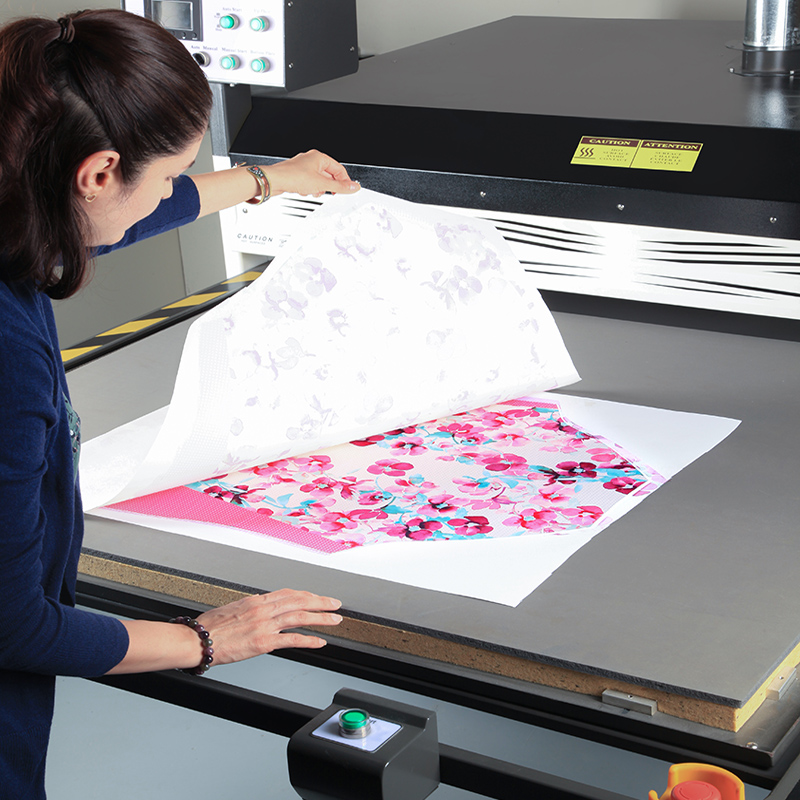The Art of Fabric Design: Shaping the Fashion Industry
Fabric design, often the unsung hero of the fashion industry, plays a pivotal role in shaping trends, defining aesthetics, and influencing consumer choices. It’s the foundation upon which designers build their creations, transforming simple textiles into wearable art.
The Impact of Fabric Design on Fashion
-
Defining Trends:
- Seasonal Themes: Fabric designers often collaborate with fashion designers to create textiles that align with specific seasonal themes. Whether it’s a floral print for spring or a bold geometric pattern for autumn, the fabric sets the tone for the entire collection.
- Color Palettes: The choice of colors and patterns in a fabric can dictate the overall color palette of a collection. A vibrant, colorful fabric can inject energy and excitement, while a muted palette can convey sophistication and elegance.
-
Enhancing Brand Identity:
- Signature Fabrics: Many fashion brands have signature fabrics that are instantly recognizable. For example, Burberry’s iconic plaid or Chanel’s tweed. These fabrics help to reinforce the brand’s identity and create a strong brand image.
- Unique Aesthetics: By developing unique fabrics, designers can differentiate their brands from competitors and attract a loyal customer base.
-
Driving Innovation:
- Technological Advancements: Fabric designers are constantly experimenting with new technologies to create innovative fabrics. From performance fabrics that wick away moisture to sustainable fabrics made from recycled materials, technological advancements are revolutionizing the fashion industry.
- Experimental Techniques: Traditional techniques like weaving, knitting, and dyeing are being combined with new methods to create unique textures and patterns.
-
Influencing Consumer Behavior:
- Desire for Novelty: Consumers are always on the lookout for the latest trends, and innovative fabrics can drive demand. A unique fabric can make a garment stand out and entice consumers to purchase it.
- Emotional Connection: Fabrics can evoke emotions and create a personal connection with the wearer. A soft, luxurious fabric can make a garment feel special, while a bold, edgy fabric can express individuality.
In conclusion, fabric design is a vital component of the fashion industry. By understanding the impact of fabric on design, trends, and consumer behavior, designers can create collections that resonate with their target audience. As technology continues to advance and consumer preferences evolve, fabric design will remain a key driver of innovation and creativity in the fashion world.

